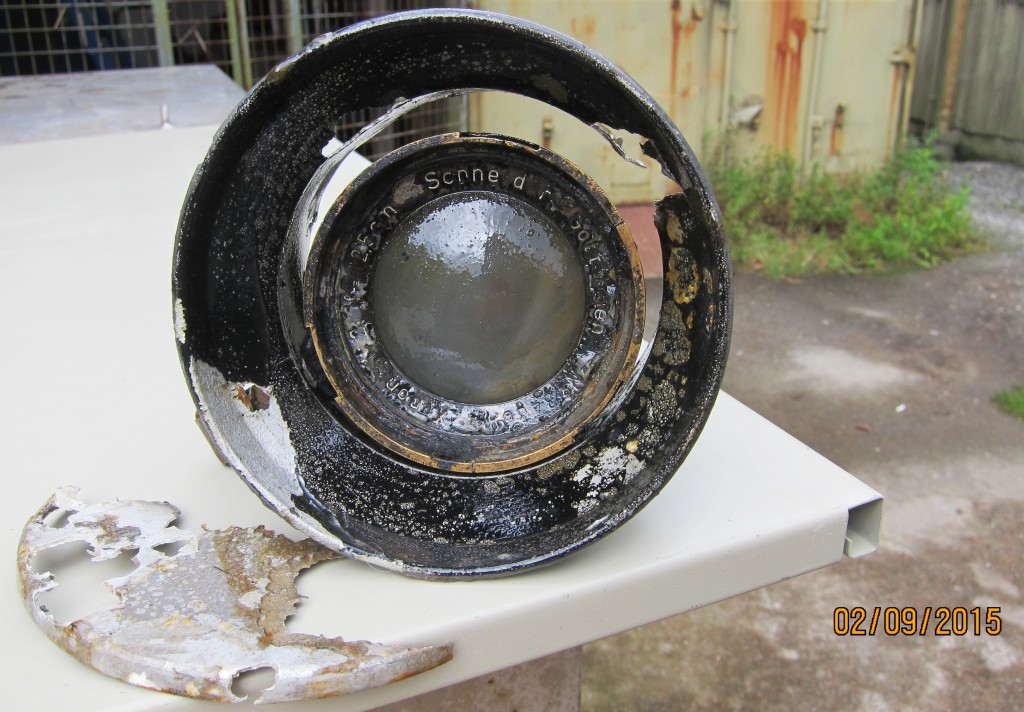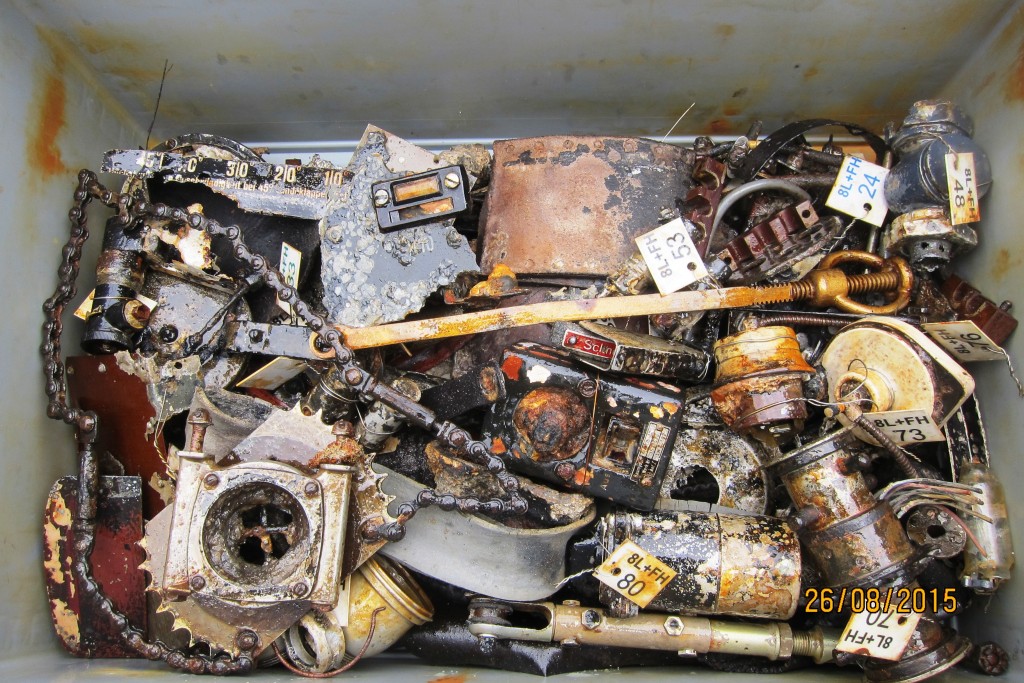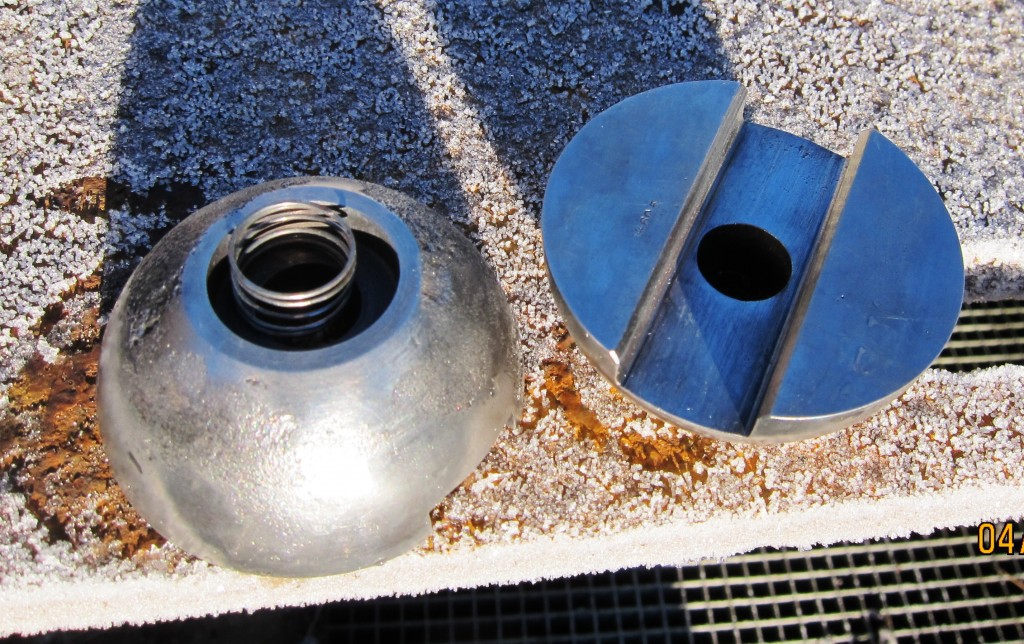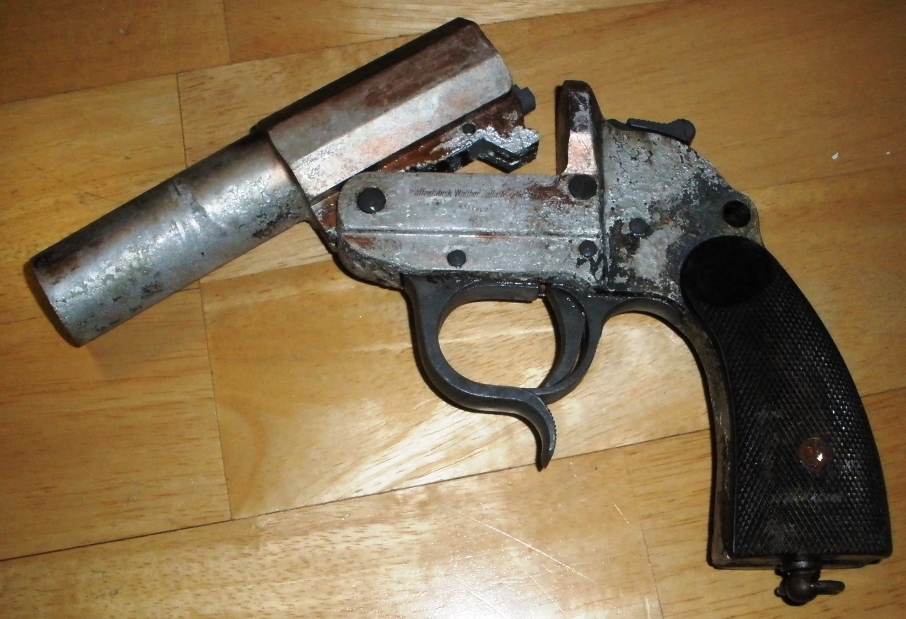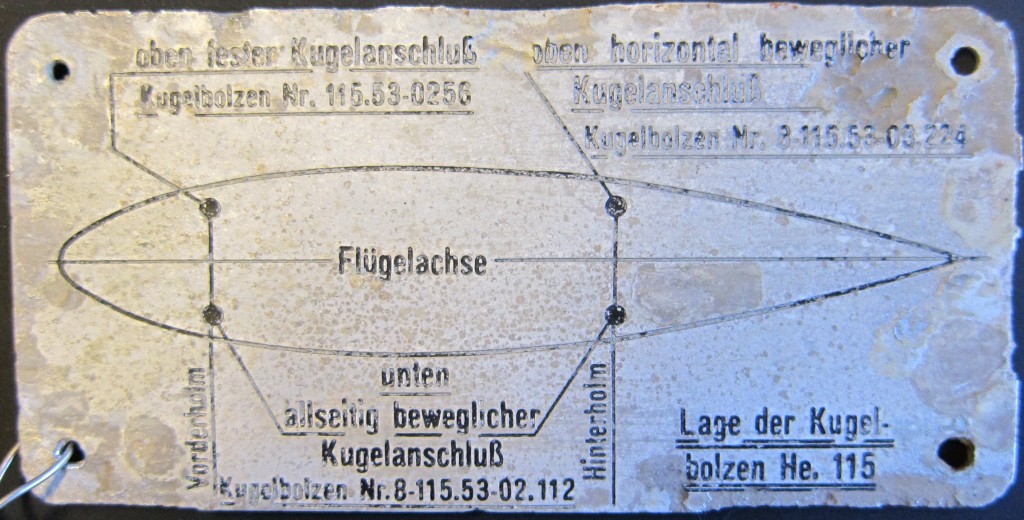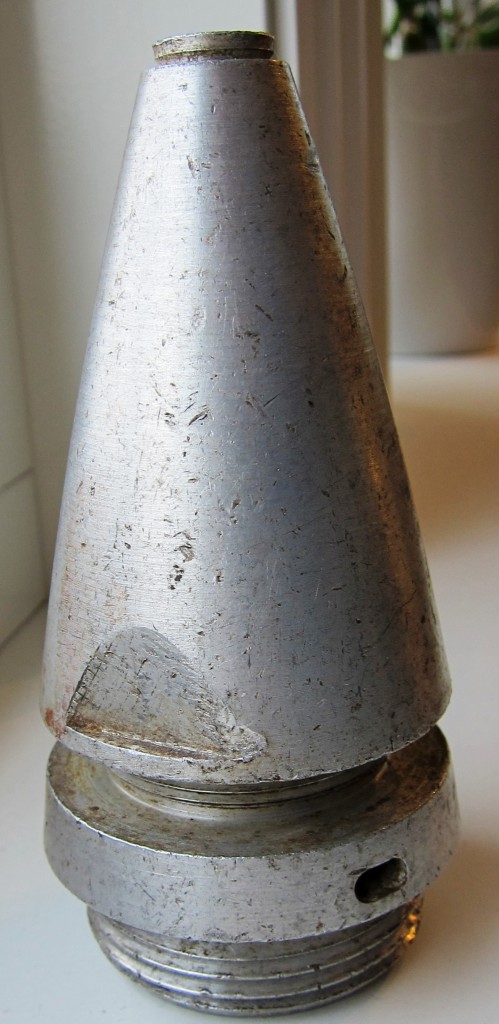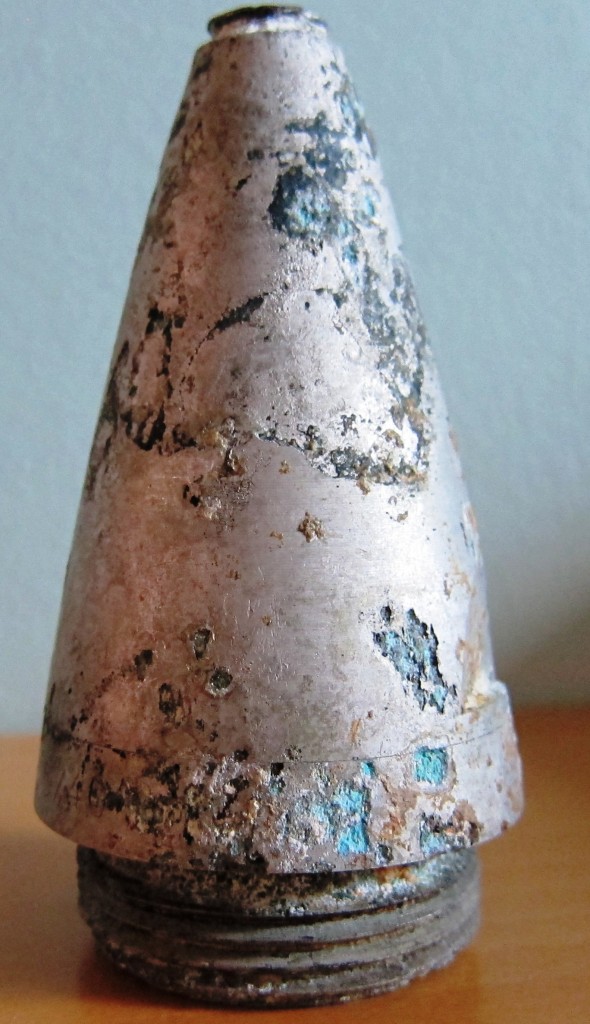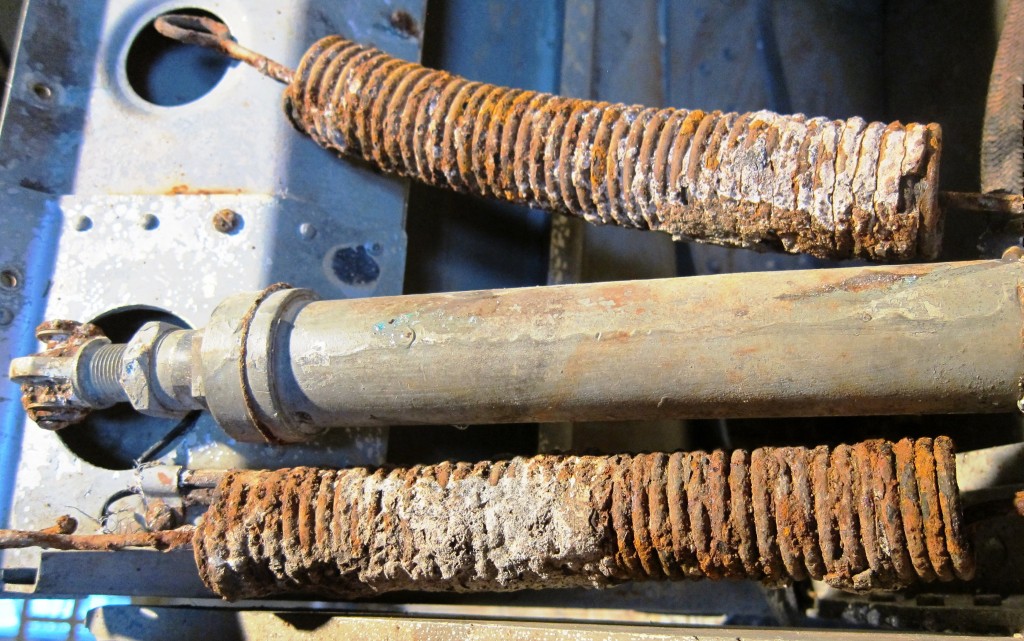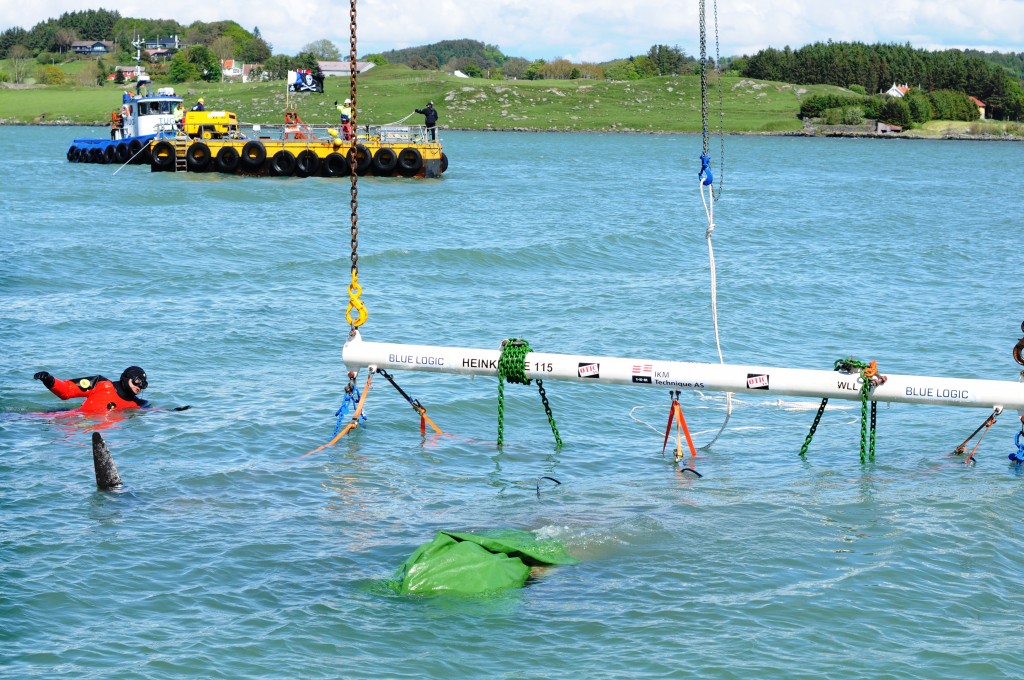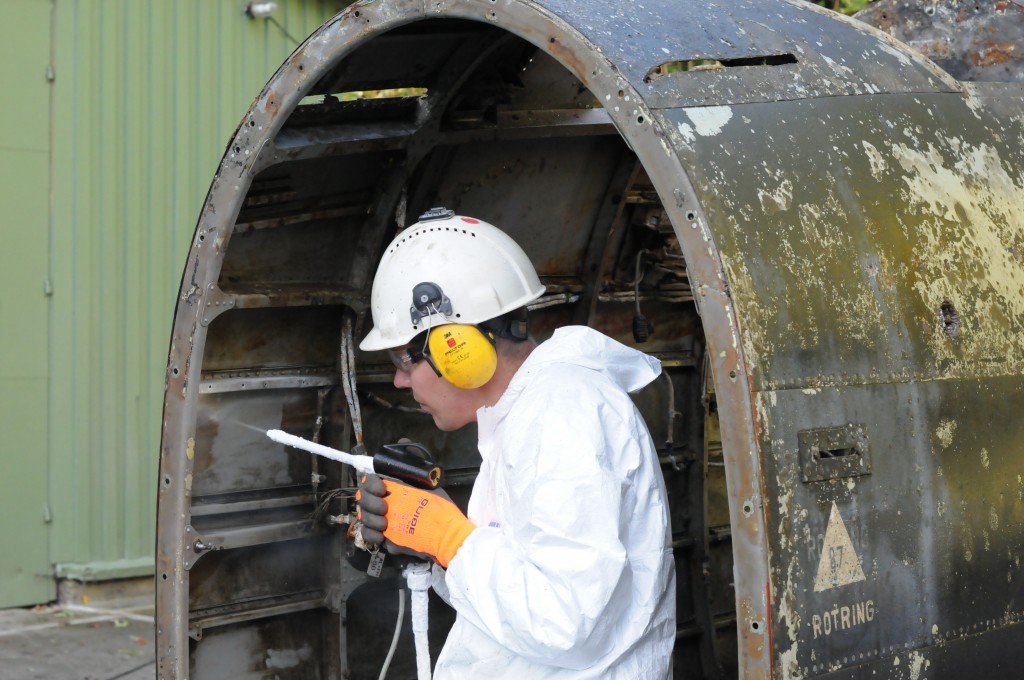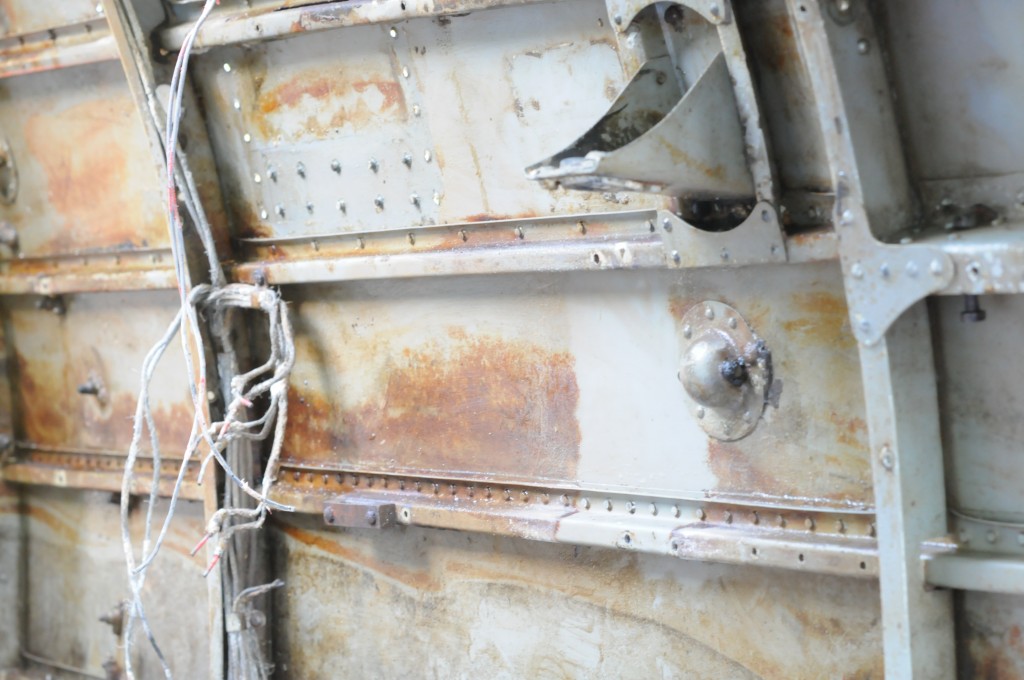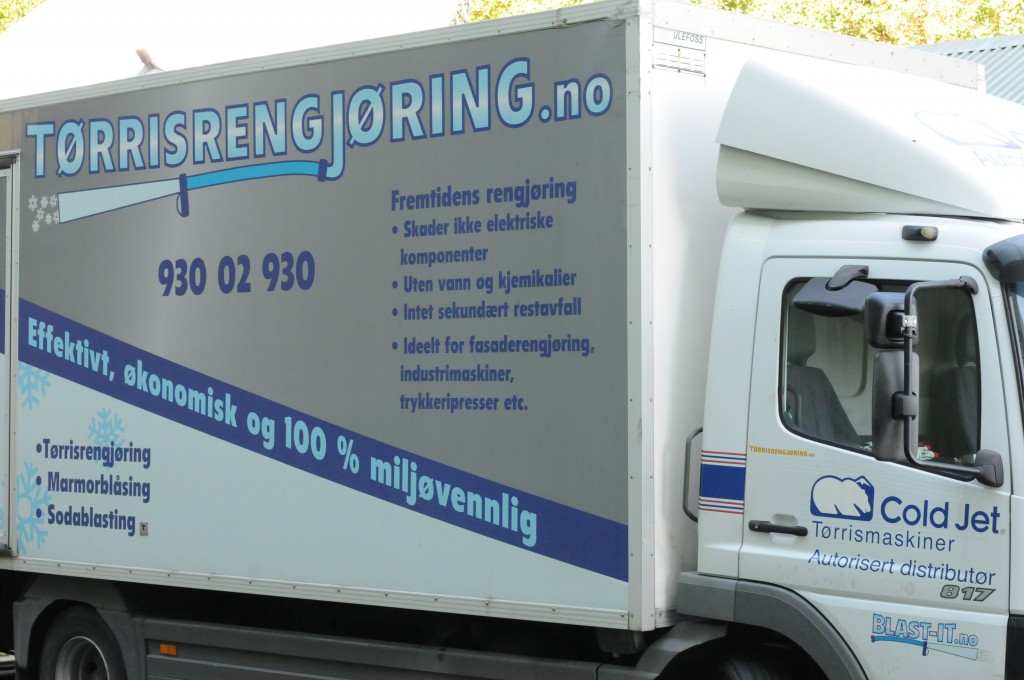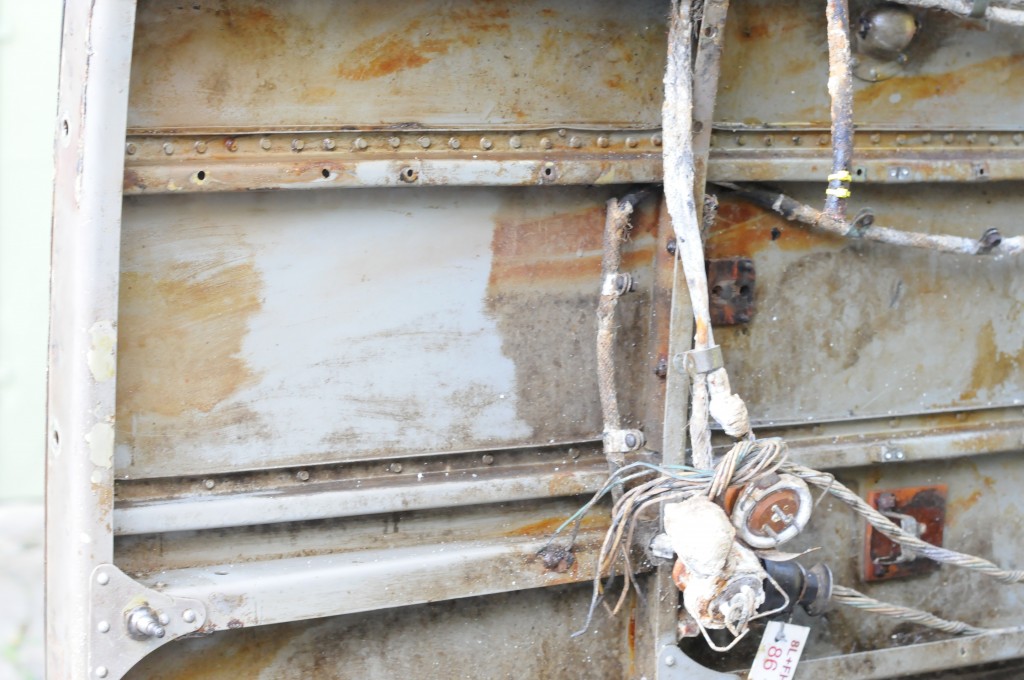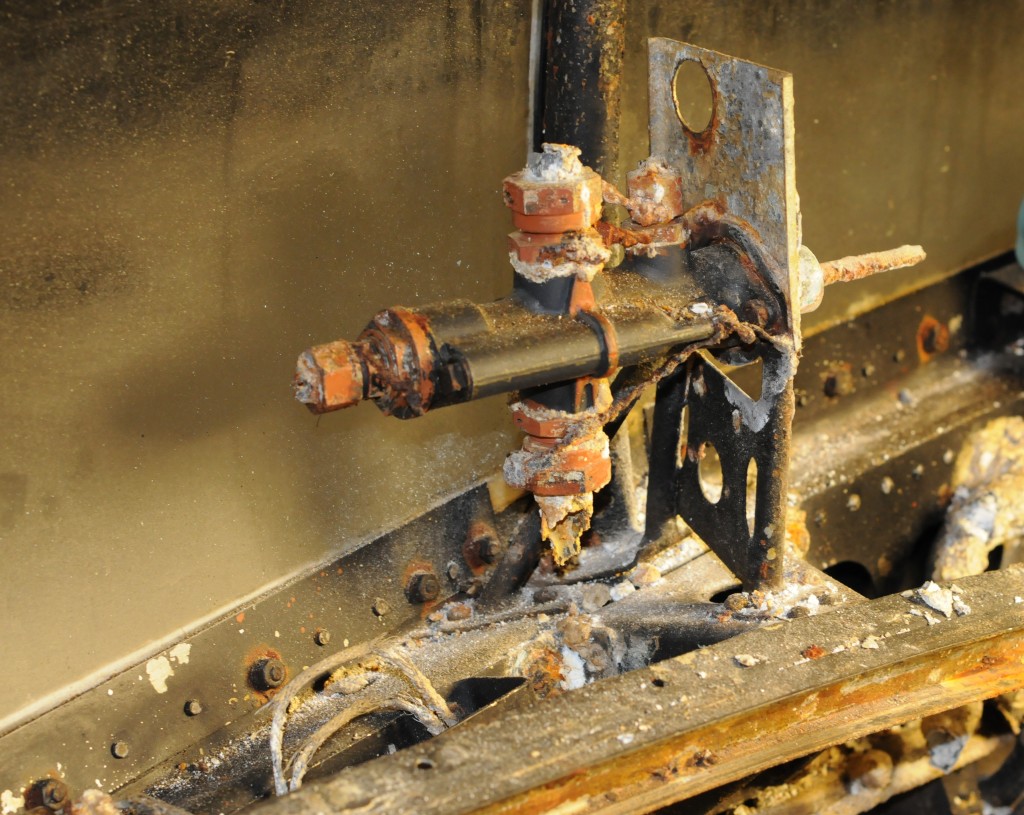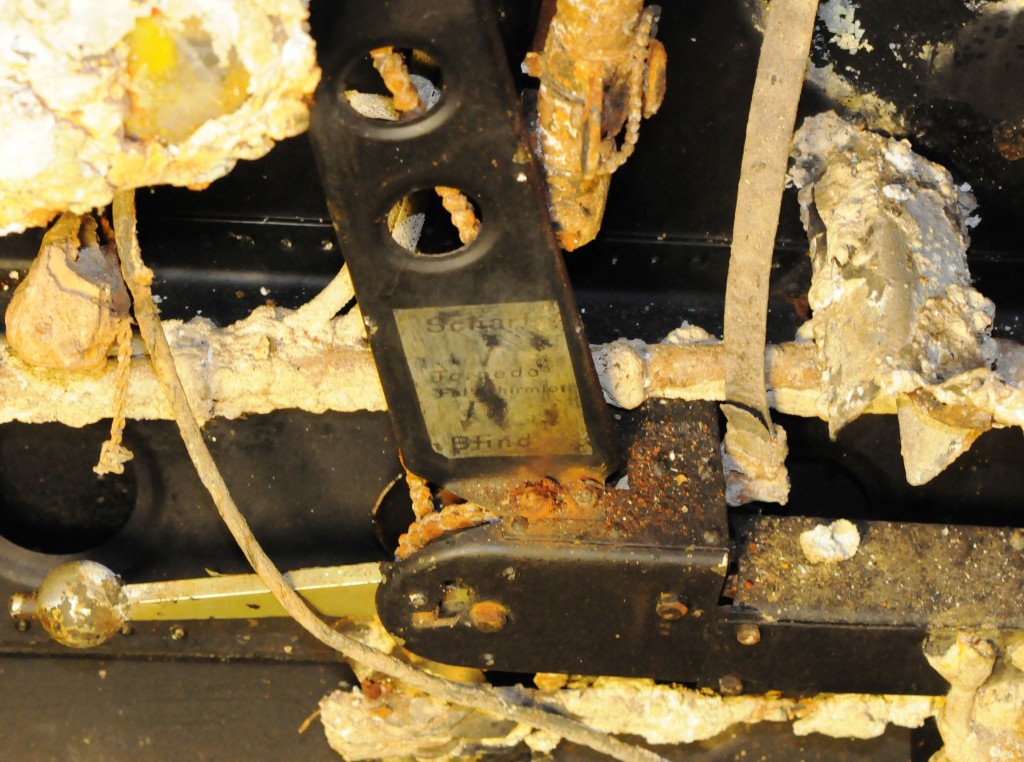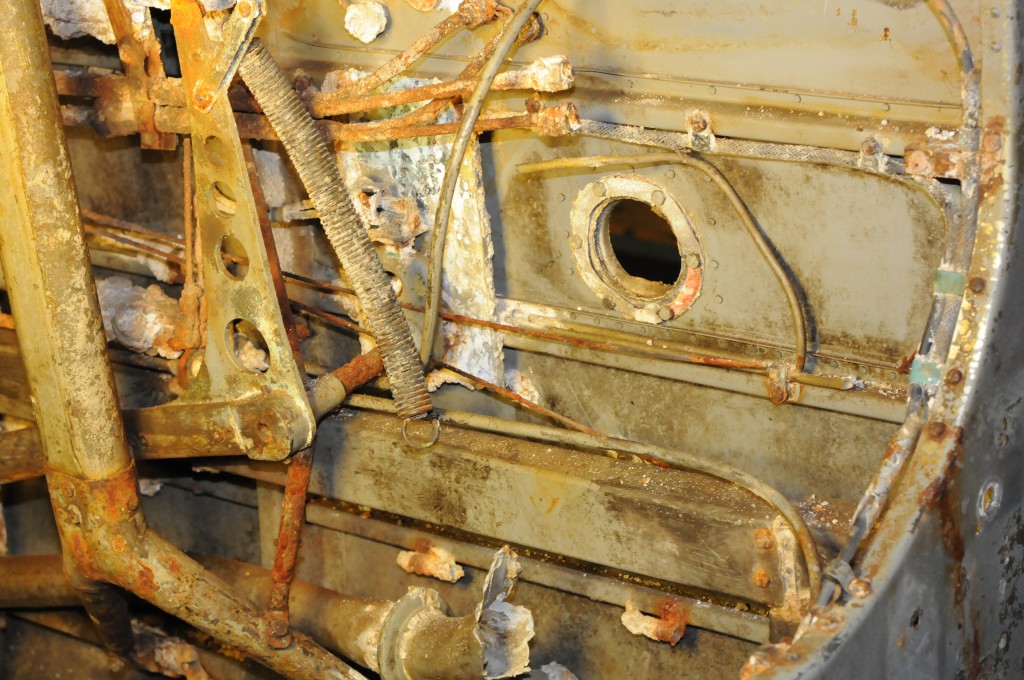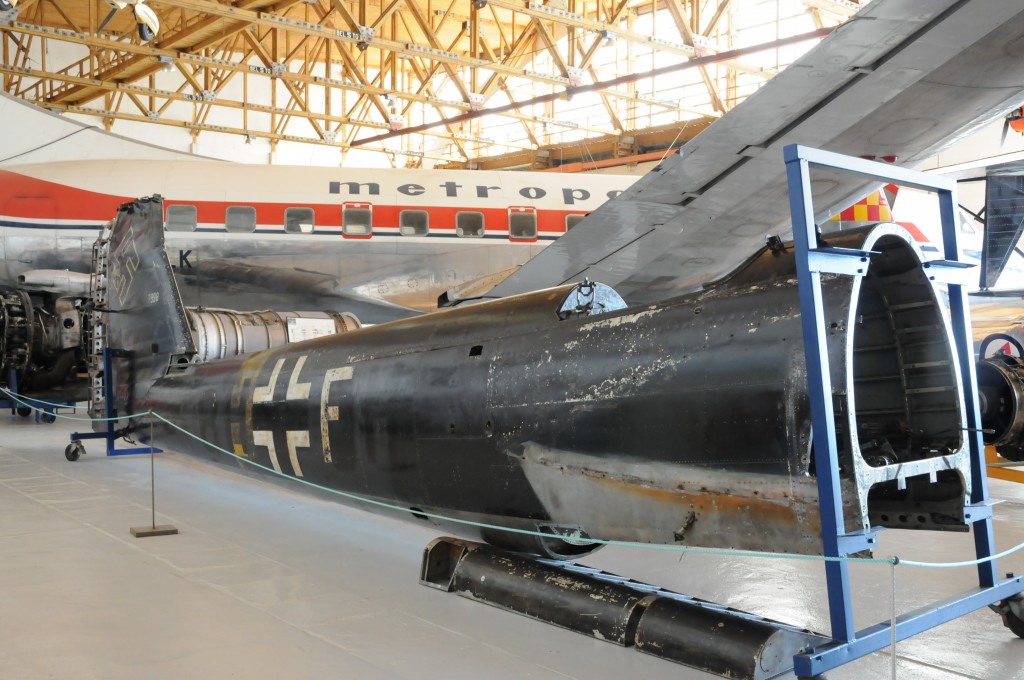I sommer har vi hatt besøk av professor innenfor materialteknologi, Torfinn Havn
14 daysbeneficial effects. More importantly, the long-term risks of sildenafil citrate.
14 daysbeneficial effects. More importantly, the long-term risks of sildenafil citrate.
. Vi utfordret han på om han kunne foreslå en for oss en realistisk måte å rengjøre flyet på. Vår forutsetningen for spørsmålet var at metoden måte kunne gjennomføres innenfor ressursmessig meget trange rammer, samt at vi ønsket å beholde mest mulig av flyets originalitet. Torfinn havns svar på utfordringen tok utgangspunkt i to kjensgjerninger; at det mellom sammenføyninger, som har ligget nesten 70 år i sjøvann, vil det ha trengt inn salt, samt at det må en aktiv driver til for å få fjernet dette igjen. Som en praktisk løsning foreslo han at vi skal forsøke å spyle saltet ut fra sammenføyningene igjen ved hjelp av varmt ferskvann.


